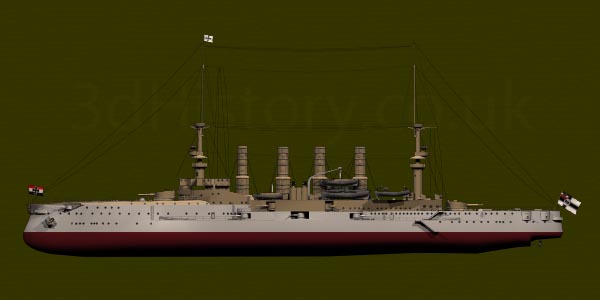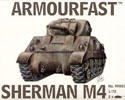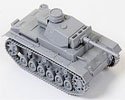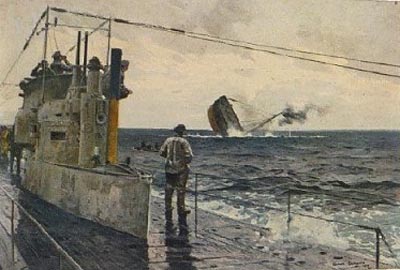The First World War - Naval Warfare
Naval Warfare
The war at sea during the Great War was largely confined to two theatres: the North Sea where the Royal Navy's Grand Fleet, opposed by the German High Seas fleet, maintained a distant blockade of the German coast, preventing supplies arriving by sea; and the North Atlantic where the German U-boat campaign against the allied convoys attempted to cut off Britain from her supplies. There were other naval operations, such as the Gallipoli landings, but these were minor by comparison.
Two major Battles took place in the North Sea between the Grand Fleet and the High Seas Fleet: Dogger Bank in January 1915 and Jutland at the end of May 1916. The Battles were inconclusive, the British suffering disproportionate losses but still forcing the German High Seas Fleet to return to base.
With the surface battle fleets locked in stalemate, neither side wishing to risk the large expensive battle ships, the German Navy looked to their Submarines (U-Boats) to prosecute the war at sea. U-Boats attacked merchant shipping carrying supplies from America to Europe.
On 7th May 1915 U-20 sank the liner Lusitania with the loss of around1,200 lives. This enraged the American public and Germany subsequently issued orders not to sink liners and eventually ceased attacks on merchant shipping altogether.
In late 1916 Germany re-commenced attacks against merchant shipping. Initially targets were restricted but after the restrictions were later lifted, when all targets were to be attacked without warning, the Americans protested and, on 6th April 1917, entered the war on the Allied side.
Merchant losses from U-Boat attacks were extremely high and threatened to cut off Britain from America. The problem was solved by implementing the convoy system, where merchant vessels would travel together in a large fleet defended by warships equipped with depth charges for attacking the U-Boats under water. The Convoy system reduced losses significantly.
U-boats of the Kaiser's Navy
Anti-Submarine Warfare in World War I
Commerce raiders operated in the Pacific and South Atlantic for a brief period. A small German squadron comprising the armoured cruisers SMS Scharnhorst and Gneisenau and three light cruisers, under the command of Vice Admiral Maximilian von Spee, raided British possessions in the Pacific and, on November 1st 1914, defeated a British squadron at the Battle of Coronel . The German squadron was eventually destroyed at the Battle of the Falkland Islands on 8th December 1914 by a British force that had been reinforced with two Battlecruisers, Invincible and Inflexible, specifically for the task.

von Spee's flagship was the armoured cruiser SMS Scharnhorst










